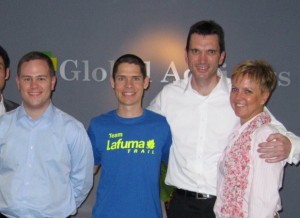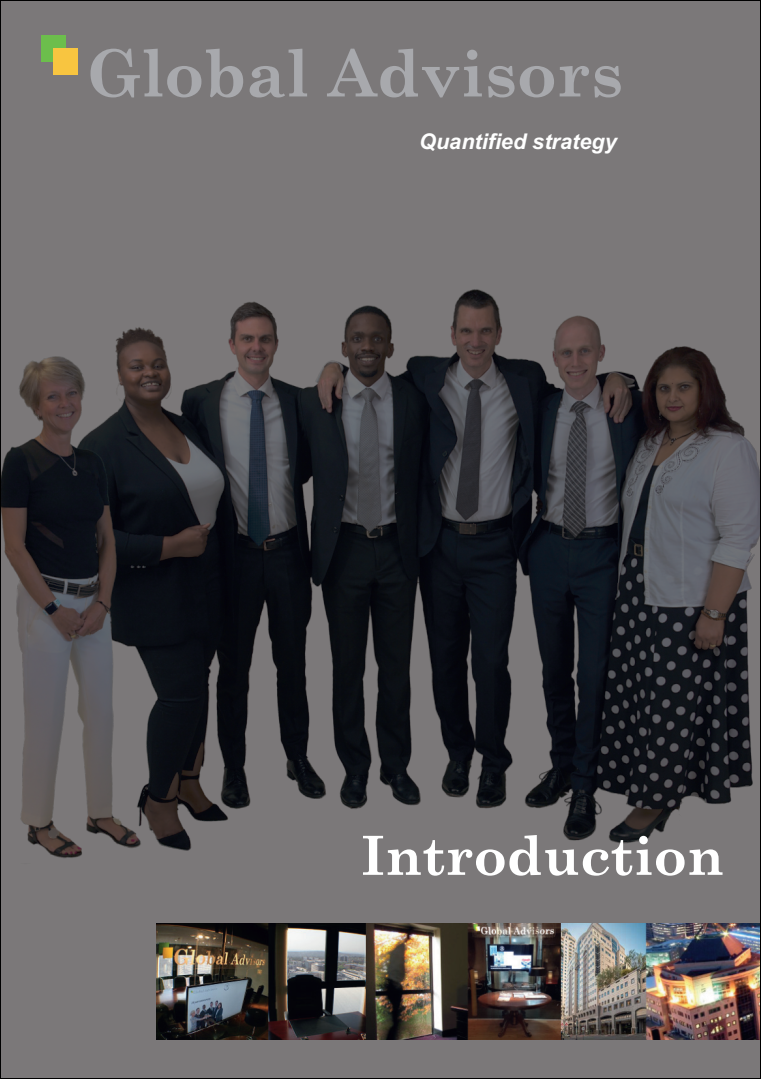Press drew attention last year to a slew of JSE-listed companies whose share prices had collapsed over the past few years. Some were previous investor darlings. Analysis pointed to a toxic combination of decreasing earnings growth and increased leverage. While this might be a warning to investors of a company in trouble, what fundamentals drive this combination?
In our analysis, company expansion driven by the need to compensate for poor performance in their core business is a typical driver of exactly this outcome.
This article was written in January 2020 but publication was delayed due to the outbreak of Covid-19. Five months after South Africa’s first case, we update our analysis and show that core-based companies outperformed diverse peers by 29% over the period.
Management should always seek to reach full potential in their core business. Attempts to expand should be to a clearly logical set of adjacencies to which they can apply their capabilities using a repeatable business model.
In the article “Steinhoff, Tongaat, Omnia… Here’s the dead giveaway that you should have avoided these companies, says an asset manager,” (Business Insider SA, Jun 11, 2019) Helena Wasserman lists a number of Johannesburg Stock Exchange (JSE) listed shares that have plummeted in recent years.
In many cases these companies’ corresponding sectors have been declining. However, in most of the sectors there is at least one company that has outperformed the rest. What is it about these outperformers that distinguishes them from the rest?
The outperformers have typically shown strong financial performance – be that Growth, ROE, ROA, RONA or Asset Turnover – and varying degrees of leverage. However, performance against these metrics is by no means consistent – see our analysis.
What is consistent is that the outperformers all show clearly delineated core businesses and ongoing growth towards full potential in these businesses alongside growth into clear adjacencies that protect, enhance and leverage the core. In some cases, the core may have been or is currently being redefined, typically through gradual, step-wise extension along logical adjacencies. Redefinition is particularly important in light of the digital transformation seen in many industries. The outperformers are very seldom diversified across unrelated business segments – although isolated examples such as Bidvest clearly exist in other sectors.
Analysis of the over- and underperformers in the sectors highlighted in the article shows that those following a clear core-based strategy have typically outperformed peers through the initial months of the downturn caused by the Covid-19 outbreak.





















